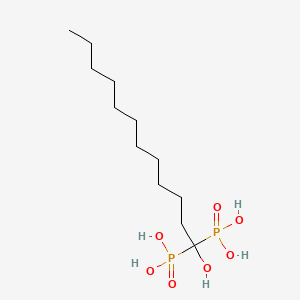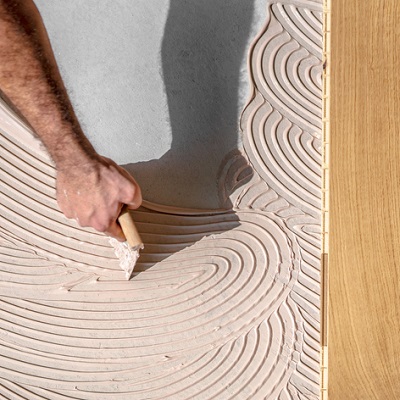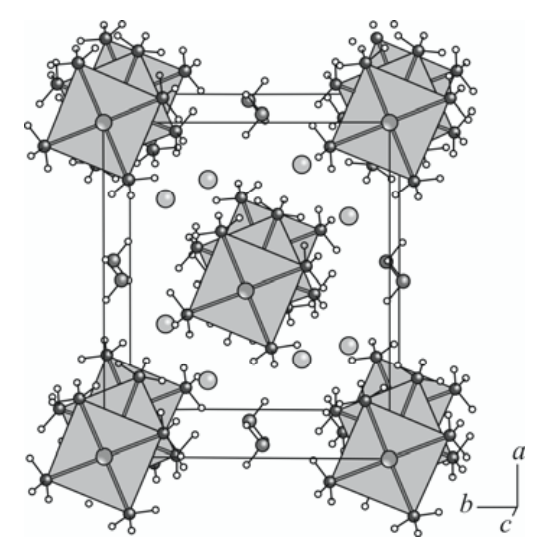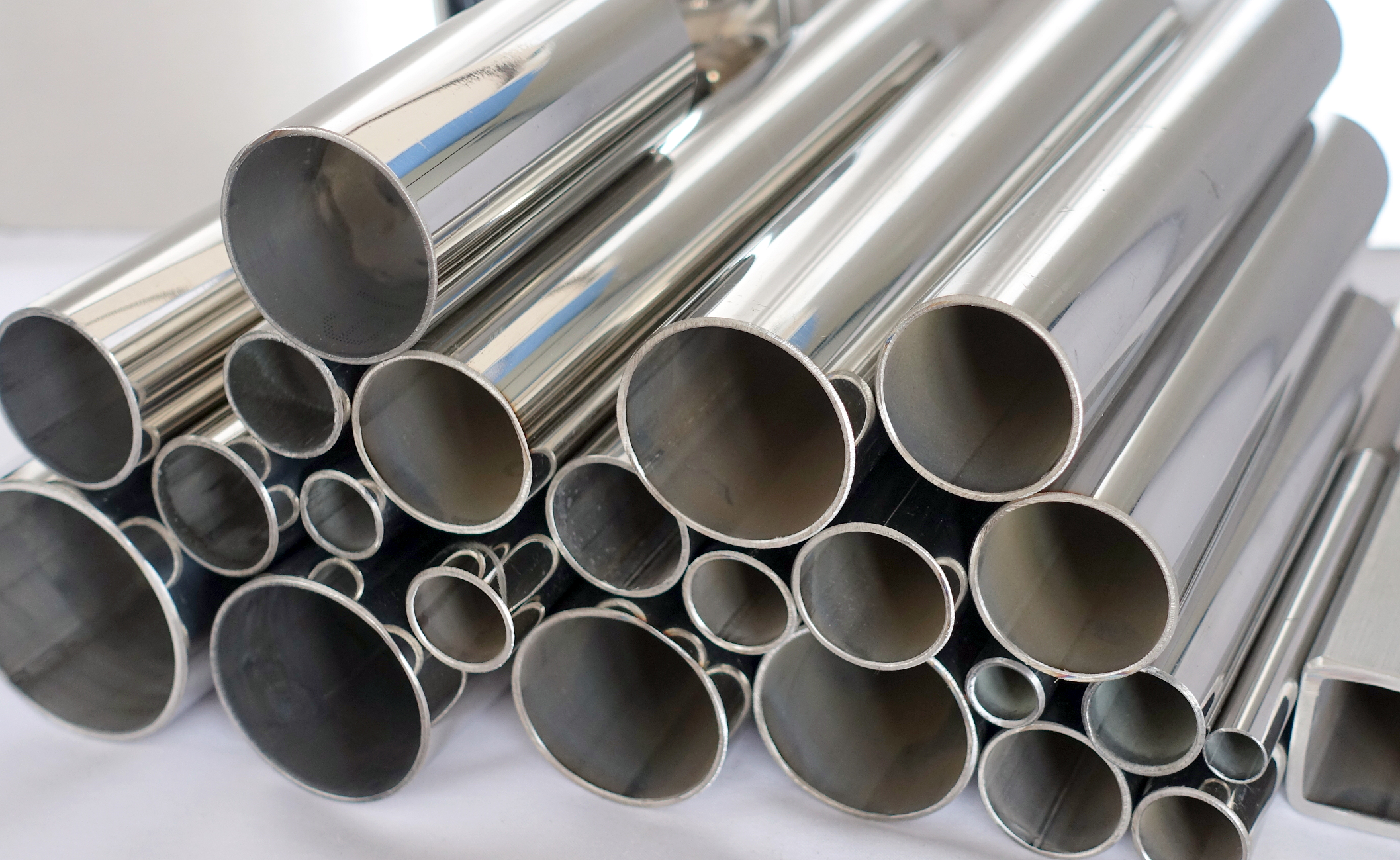Post Office Box 85198
Racine, Wisconsin
53408-5198 USA
- Home
- About
- Team
- Page
- Testimonial
- SARS-CoV-2 coronavirus and COVID-19 Resources
- Joseph Sabol Chemical Consultant Documents
- Joseph Sabol Recommended Resources
- Influenza Resources
- Joseph Sabol Publications
- Joseph Sabol Indoor Air Quality Resources
- Joseph Sabol Methane Mitigation Resources
- Joseph Sabol Carbon Dioxide Resources
- PFAS polyfluoroalkyl substances
- Portfolio
- News
- Contact







